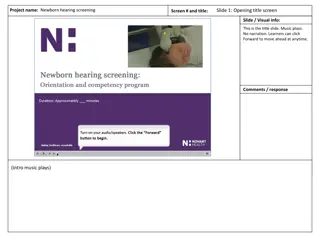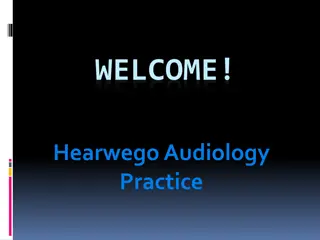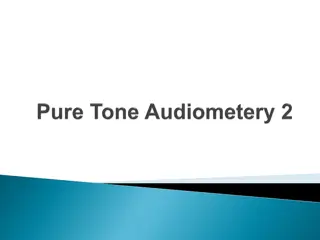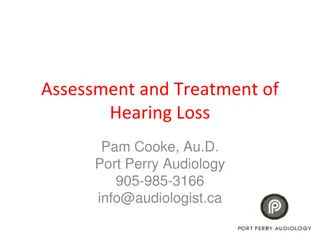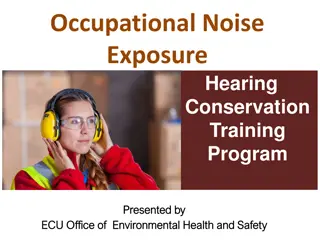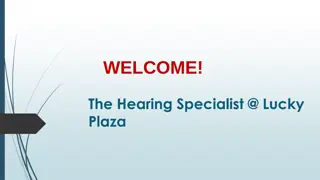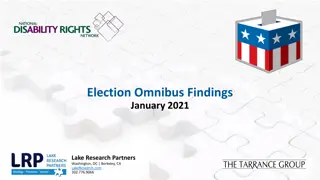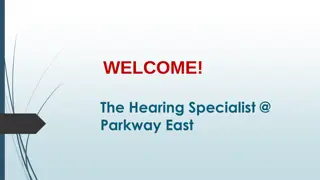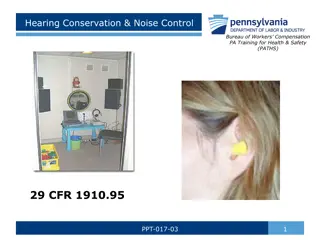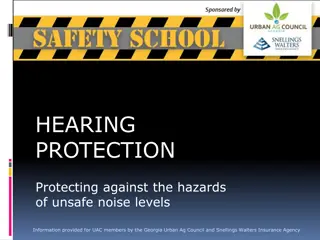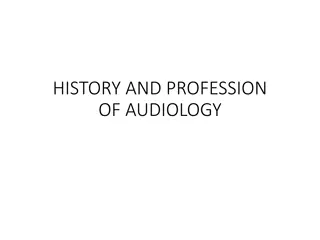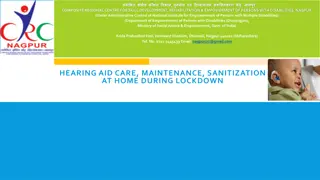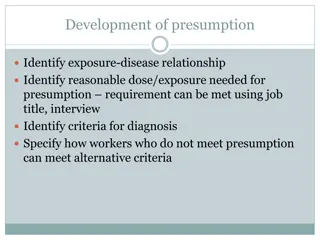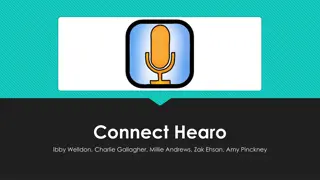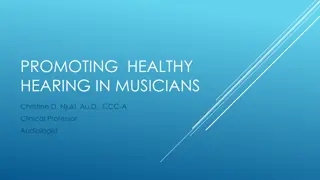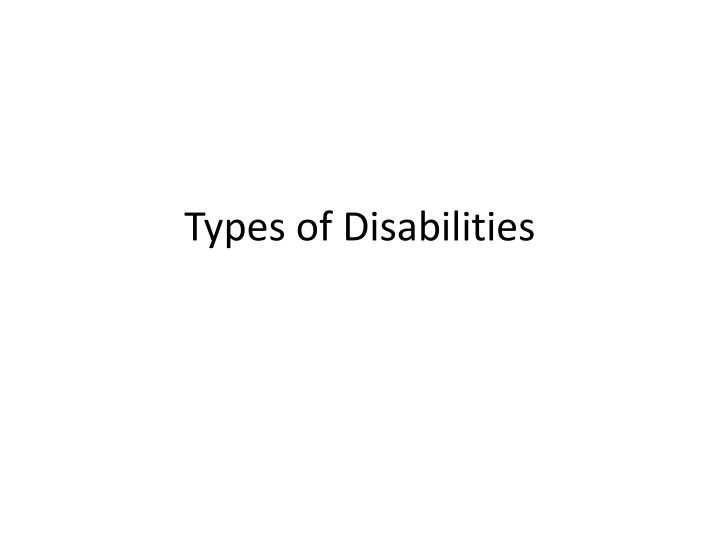
Physical and Visual Disabilities
Explore the different types of physical disabilities, including congenital and acquired conditions, such as cerebral palsy, amputations, and spinal cord injuries. Learn about common types of physical disabilities like amputations, arthritis, cerebral palsy, poliomyelitis, spina bifida, and spinal cord injuries. Discover provisions and adaptations available for individuals with physical disabilities, including wheelchairs, crutches, ramps, adaptive shoes, handrails, and more. Additionally, gain insight into blindness and visual disabilities, highlighting the various degrees and types of visual impairment experienced by individuals.
Download Presentation

Please find below an Image/Link to download the presentation.
The content on the website is provided AS IS for your information and personal use only. It may not be sold, licensed, or shared on other websites without obtaining consent from the author. If you encounter any issues during the download, it is possible that the publisher has removed the file from their server.
You are allowed to download the files provided on this website for personal or commercial use, subject to the condition that they are used lawfully. All files are the property of their respective owners.
The content on the website is provided AS IS for your information and personal use only. It may not be sold, licensed, or shared on other websites without obtaining consent from the author.
E N D
Presentation Transcript
Physical Disabilities Physical disabilities include disorders of bones and joints and associated muscles, ligaments and neuromotor impairment (involving the central nervous system and affecting one s ability to use, feel, control and move certain parts of the body). Often referred to as: Mobility disabilities Orthopaedic impairment and motor disorder In UK: Physical disability In USA: Orthopaedically Impaired
Two Categories of Physical Disabilities congenital disabilities: physical characteristics affecting mobility acquired before, during, or immediately after birth such as, cerebral palsy, spina bifida, dwarfism, and congenital amputations. ACQUIRED PHYSICAL DISABILITIES: physical characteristics affecting mobility acquired later in life, usually during or after childhood such as, stroke, amputations, spinal cord injury, and poliomyelitis.
Common Types of Physical Disabilities Amputation or Short Limbs or missing limbs commonly caused by automobile, machinery or explosive accidents or treatment of health conditions. Arthritis (joints become inflamed, enlarged and painful to move, causing reduced range of motion). Cerebral Palsy (A neurological disorder resulting from damage to the brain before, during or just after birth, and affects muscle control).
Common Types of Physical Disabilities (cont) Poliomyelitis (caused by a virus that affects motor cells in the spinal cord and the virus destroys the nerve impulses in certain muscles). Spina Bifida (a condition in which one or more spinal vertebrae fail to close properly, exposing the nerves) Spinal Cord Injuries (sensory and motor nerves are not able to send impulses below the level of the injury when the spinal cord is damaged or severed).
Provisions/Adaptations Wheelchairs (manual and power wheelchairs) Crutches Ramps (including portable ramps) adaptive (orthotic) shoes Handrails shower chairs accessible toilet facilities (portable commode, and adult sanitary protection) personal attendants
Blindness and Visual Disabilities People with visual disabilities experience many types and degrees of visual impairment.
Provisions/Adaptations Technological adaptations: audiocassette Tapes, braille, large prints, and electronic adaptations Mobility adaptations: White canes, service dogs, and sighted guides policy adaptations
Deafness and Hard of Hearing Prelingual and postlingual hearing loss are age-based terms that have to do with the acquisition of spoken language Prelingual deafness is deafness that occurs prior to three years of age, the usual age of language acquisition. Post-lingually deafened individuals experience hearing loss after acquiring spoken language, usually at three years of age or later.
Provisions/Adaptations Interpreter Hearing aids Technological adaptations including e-mail, instant messaging, phone text messages, the Internet, and captioned television programming is providing new opportunities.

